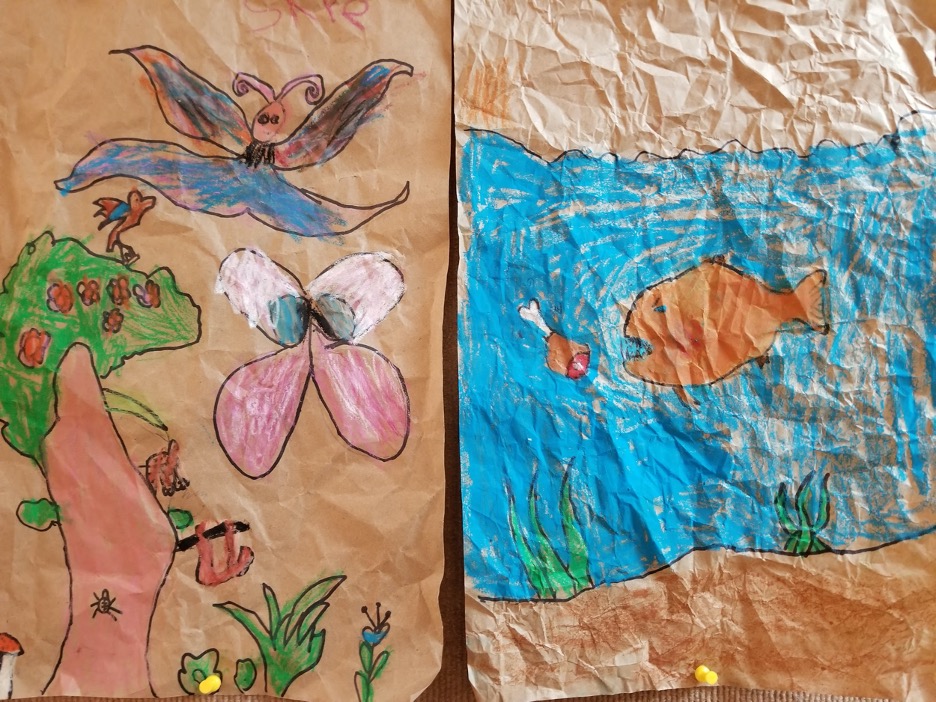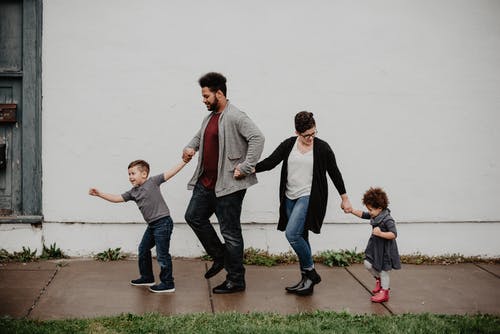Gratitude
“Thankfulness is the beginning of gratitude. Gratitude is the completion of thankfulness. Thankfulness may consist merely of words. Gratitude is shown in acts.” – Henri Frederic Amiel
The holiday season has many themes. In this year of loss and uncertainty, perhaps the most important is gratitude. Students in our Upper Elementary program have been learning that gratitude is not just saying “thank you” and having good manners, but it is an intentional act.
One of our teachers, Ms. Krista, taught students ways to show gratitude during one of her Growth Mindset lessons. The students were paired up to design skits to show the acts of gratitude. Each pair was given an act of gratitude and they prepared a skit to perform for the rest of the class. The rest of the class had the opportunity to guess what act of gratitude they were portraying in their skit.
The acts of gratitude were the following:
- being an active listener, giving out compliments
- making eye contact, giving detailed examples of appreciation
- being thoughtful of others, how to give a virtual hug (COVID style)
- being gracious when challenged, offering congratulations (even when you are not the winner)
- volunteering to help others with difficult tasks
- showing patience.
All of these acts show gratitude for the community in which we live.
How will you and your family show your gratitude this season?
Art is Essential
Due to budget deficits, schools throughout the nation are finding ways to cut their spending, and often the first thing to be removed from the curriculum is art. At Foothills Montessori School, we are committed to offering art education. We see the value in arts education and appreciate the significance it can have on student development. There is evidence that supports it helps our students to develop stronger academic skills, improve their decision-making processes, foster inventiveness, and help build self-confidence. These are the things we want for every student that joins our community.
We asked our art teacher, Ms. Angela, what the goal of our art curriculum is for our students and she said, “The goal at FMS has been to support fundamental academics, supplement our cultural curriculum, and bridge gaps by developing new ways of seeing. At a young age, children begin to communicate through artistic expression. Long before they are able to read and write, they tell stories through their artwork. Creativity through expression in the arts helps to improve innovative thinking for our students at every level. It’s the ‘out of the box’ thinking that provides so many areas for growth. Students exposed to the arts become adults with improved focus, decision making skills, self-confidence, and civic engagement.”
During our spring school closure in 2020, Foothills Montessori continued to provide our art curriculum remotely. The art curriculum was delivered through project-based challenges. Project-based challenges in the arts allow our students to devise strategies for problem solving. As teens and adults, life is full of trials and obstacles. Determination and commitment gained through project-based learning helps prepare our students for future challenges. No matter their level of development, their capacity expands.
In closing, the Brooking’s Institute did extensive research and published an article in 2019 on the impact of the arts educational experience. Their findings determined that arts education not only positively impacted emotional and social outcomes for students by fostering greater compassion for others; but it concluded that the students they researched had 13 percent higher standardized writing scores*. Our students create magic everyday with their creativity and dedication to their arts based projects- many of which become treasures or family keepsakes. The true beauty in arts education is that those experiences are helping to frame our future. Students that become strong leaders, inventors, designers, communicators, and citizens. Whatever they choose to become on their path, the arts provide them with tools to use for a lifetime.
*Brian Kisida and Daniel H. Bowen Tuesday, February 12, 2019
Managing Challenging Behaviors Starts with You
All children exhibit challenging behaviors at some point in their life. It might be when they are three and bite another child that reaches for a toy they are playing with. It might be your seven year old that refuses to go to bed on time and then refuses to get up in the morning. The teenage years are universally dreaded by most parents because of disrespectful language and outright rejection of your guidance. When these challenges begin to pile up, all parents ask the same question: How can I change my child’s behavior?
The answer: change your own behavior. Consider how you react when you encounter unhelpful behaviors and consider how you react when behavioral expectations are met. Do you pay the same amount of attention to the behaviors you want to encourage as the ones you would like to discourage? It is a hard pill to swallow, but parents and caregivers dramatically influence children’s behavior.
So what can we do?
1. Notice
Encourage the behaviors you like by noticing. For example: If your child has been refusing to pick up their toys when you ask, notice them when they do it on their own. It could sound something like, “I see you decided to put your puzzle and cars away. Now we have a few extra minutes to read a book together.” You will soon see that the behavior you pay attention to is the behavior you will see most often.
2. QTIP (Quit Taking it Personally)
Dr. Becky Bailey refers to QTIP in her book, “Conscious Discipline”, and it is a simple reminder that behavior is a way for children to communicate, not “get back at us”. Sometimes, we assume children act a certain way to annoy us, purposefully push our buttons, or defy our directions. However, usually, children’s behavior is a direct result of how they perceive their environment. It is up to us to push away those assumptions to address the root cause of the behavior.
3. Model Calm
Most people have figured out ways to communicate without behavioral outbursts by the time they reach adulthood. If we are stressed about an upcoming work deadline, we don’t throw a tantrum on our supervisor’s office floor. Instead, we make a plan to manage the stress and remain calm. If we take the time to model this behavior, talk aloud and plan, in front of our children they begin to see appropriate ways to problem solve.
4. Remove Negative Verbs
“No” is a common word parents use to manage behavior. We get frustrated when we explicitly say, “No” to a child and they do exactly what you said not to a minute later. It is baffling that this happens repeatedly until you realize that most children do not begin to comprehend negative verbs until they are seven years old. Instead of saying, “Do not _______”, try giving them a command of what you would like them to do. For example, instead of staying, “Don’t run in the house”, say, “If you want to run, put your shoes on and go outside.” You communicate an expectation to them and give them an alternative option in the same simple sentence.
Family is made up of the most important people in children’s lives. Healthy relationships, effective communication, and behavior modeling help our children develop into the best people they can be. It all starts with you!



